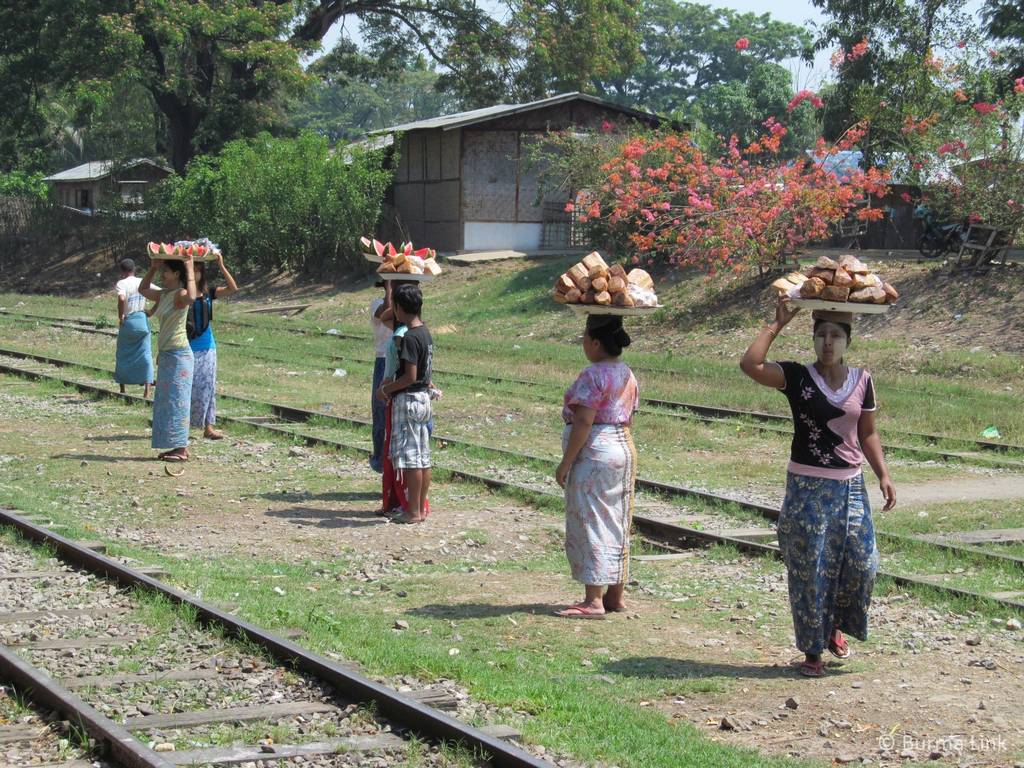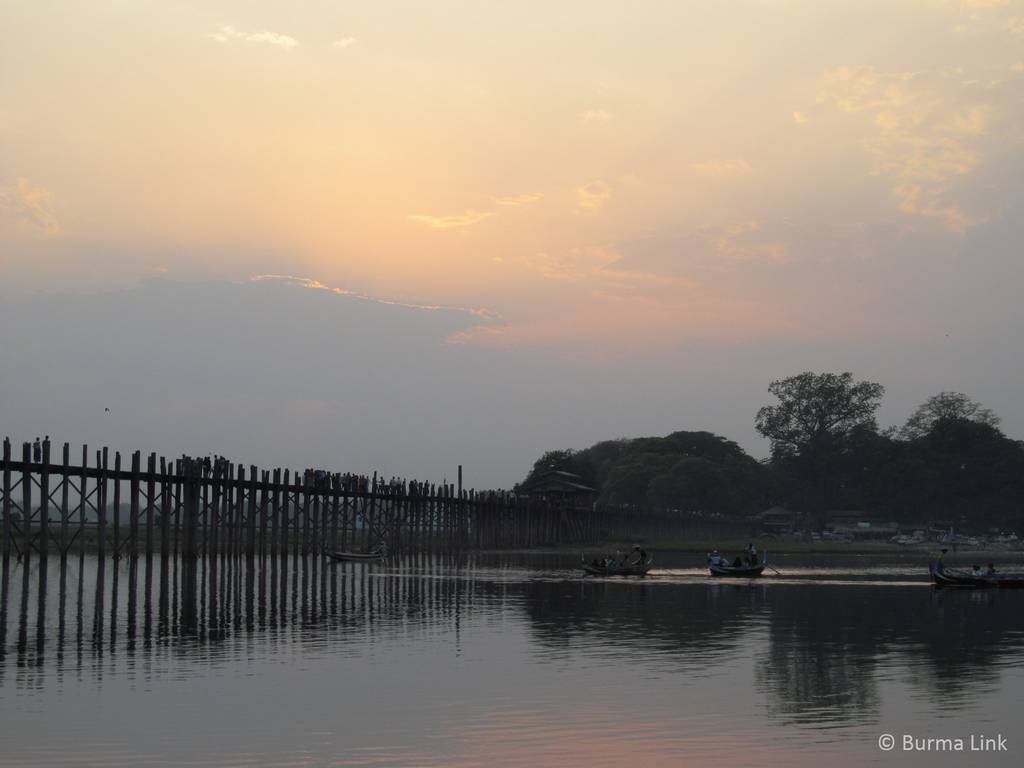According to the CIA World Factbook (2014), the majority group Burman make up 68% of the country’s population of 55 million, with the Shan (9%), the Karen (7%), the Arakanese (Rakhine) (4%) and the Mon (2%) comprising the largest ethnic nationality groups. There are however, no reliable statistics on the population of Burma, and other estimates have placed the percentage of ethnic nationality groups to a substantially higher level (see e.g. Smith, 1991). Whilst Burmese is the most widely spoken language, ethnic groups have retained over 100 individual languages. Most people of Burma are Buddhist (89%), followed by Christian (4%), Muslim (4%) and animist (1%) followers (CIA World Factbook, 2014). The country is divided into seven states (Arakan, Chin, Kachin, Karen, Karenni, Mon, and Shan) and seven regions (Irrawaddy, Magwe, Mandalay, Pegu, Rangoon, Sagaing and Tenasserim). The majority Burman mainly live in the central plains while ethnic nationality groups mostly occupy the mountainous outlying border areas.
While only a hundred years ago Burma had a thriving economy and was referred to as the “Rice Bowl of Asia”, today it is one of the poorest and least developed countries in the world. Although reliable humanitarian indicators of Burma have been unavailable for decades, especially in conflict-affected ethnic border areas, decades of civil war and mismanagement have indisputably left a large part of the population impoverished. According to a 2007 CIA World Factbook (2014) estimate, with as much as 33% of the population of Burma living in poverty, Burma is the poorest country in Southeast Asia. Burma’s 2013 per capita GDP was only USD 1,700, lagging behind countries such as Yemen and North Korea. Widespread poverty is also associated with low levels of school enrolment and high drop-out rates. The situation is particularly dire for people living in areas currently or recently affected by armed conflict. Other country-wide problems include rampant corruption, poor infrastructure, lack of access to objective information and health and education services as well as to safe drinking water and adequate sanitation.
The government spends only 0.8% of its GDP on education (2011 estimate – CIA World Factbook, 2014) and 2% on health (2012 estimate – CIA World Factbook, 2014) by strike contrast to what some have estimated as up to 50% of the government budget being spent on the military (e.g. Burma Campaign UK, 2005). Burma is the world’s second largest producer of opium, after Afghanistan (UNODC, 2013), and most likely the world’s largest producer of methamphetamines (Wade, 2012). Some experts have warned that Burma could be the world’s leading narcotic state, and it is widely believed that the Burmese army uses drug money to fund its military, oppression and exploitation practices. While Burma has no external enemies, with nearly 500,000 troops (according to some estimates, see e.g. Aye Nai, 2012; ND-Burma, 2009) the Burmese army is one of the largest military forces in the world. While the amount of government budget spent on the military as well as the exact troop size remain unknown, it is clear that the Burma Army is utilised to oppress its own people; it has razed more than 3,000 villages, killed and tortured countless of innocent civilians, and displaced two to three million people who are hiding in the jungle in eastern and northern Burma or have fled to neighbouring countries (Refugees International, 2012; U.S. Campaign for Burma, 2012).
Despite Burma’s rich natural resources and cultural heritage, its history has become one tainted by poverty, political violence, and serious violations of human rights. While building a democratic society on ethnic diversity undoubtedly poses a unique challenge, the reasons behind the enmity and violence between different groups in Burma lie deeply rooted in the complexities of history and politics.



